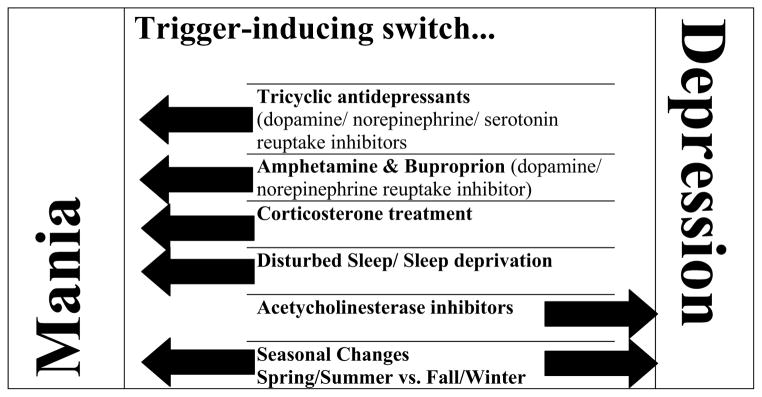Table 1. Summary of triggers that induce switching to each state of bipolar disorder.
Clear from the table is that altering catecholaminergic homestatic control induces mania, as does sleep deprivation, and long-activity photoperiod lengths. While antidepressants and sleep deprivation can treat depression, patients can switch to a manic episode. There are few specific triggers that induce depression, but elevating acetylcholine levels and entering periods of low photoperiod lengths are two known triggers. Interestingly, changing photoperiod lengths to high-activity can imbalance catecholaminergic control, while low-activity lengths can elevate acetylcholine levels. Hence, this photoperiod changing hypersensitivity mechanism may have originally underlain switching between states and the other triggers simply alter that system. Any model organism relevant to switching/cycling in bipolar disorder should exhibit a hypersensitivity to these some if not all of these triggers.

|
